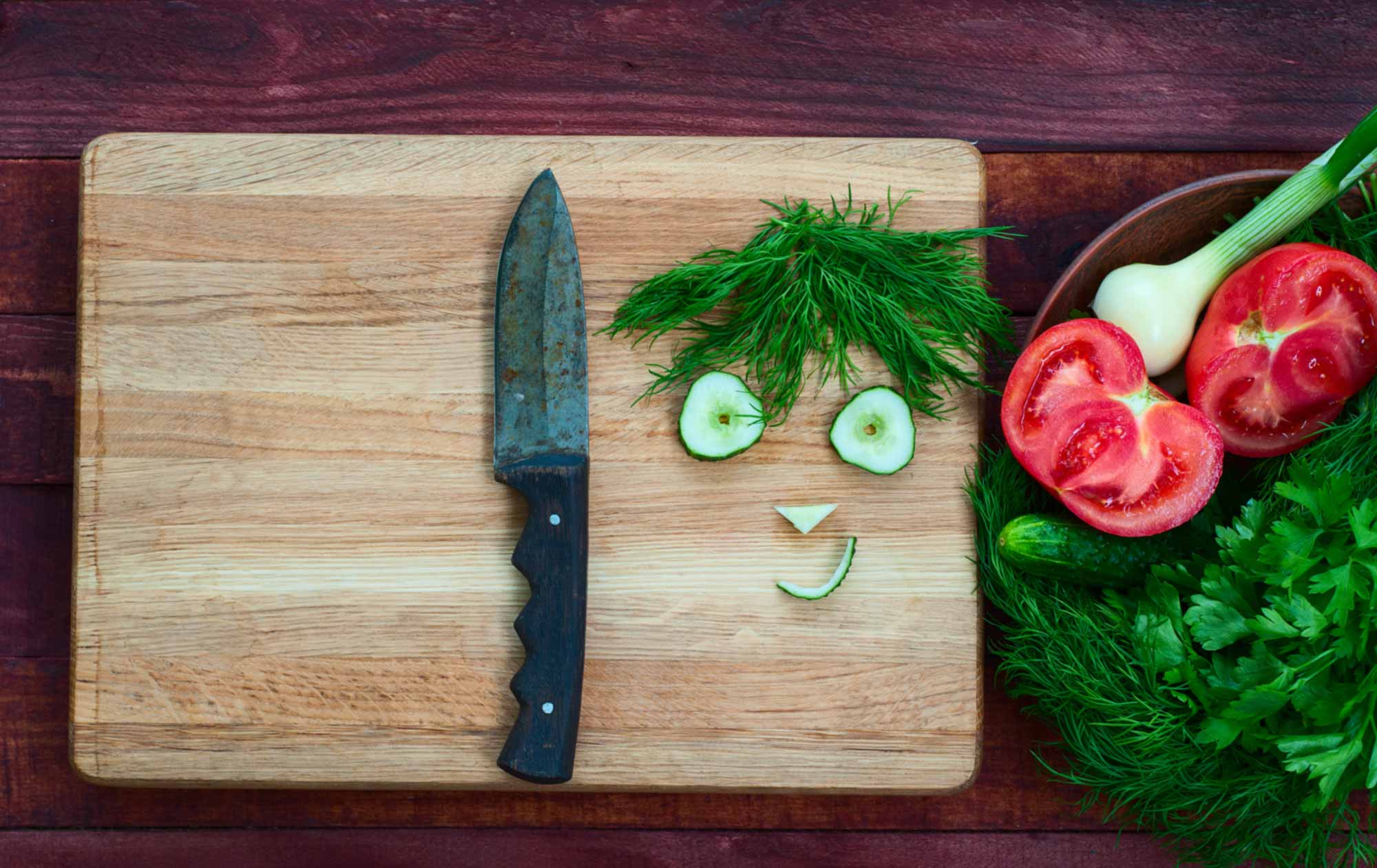Christmas time. Do you love it or loathe it? Cherish it or dread it, or some combination of both? For just a brief moment, the outside world mostly shuts down and fortunate people everywhere tend to come together with others to enjoy a precious meal – and it’s often home cooked! Each family/group has their own traditions that flavour the day but the essence remains the same. It can be a special celebration.
It can also be a time of great stress for people. Some experience an immense ‘pressure’ to buy gifts and this can be tough financially. It’s also challenging to organise groups of people, particularly when families merge and there are multiple connections that need to be honoured.
Sometimes we can feel pushed and pulled around or frustrated that we have to race around on Christmas Day to multiple family members’ houses. Sometimes one or two people can bear the brunt of the organisational load and feel the weight of it heavily. Other times there can be family members who don’t get along so well or there has been recent loss and there are moments of tension or worrying about how things might play out.
These are real challenges that many have or will come across at some stage in their lives. It’s undeniable for most that no one knows how to push their buttons better than those they love and cherish most in this world! And yet, in each moment we are presented with an opportunity to choose how we perceive and respond to the experiences we have.
We are so very fortunate to live in a part of the world where we have this opportunity to celebrate together. Sometimes we can get so caught up in the day-to-day tasks and our “to-do” list that we lose sight of the bigger picture and the gifts.
We can look at our upcoming holiday and see all the potential things that could go wrong, how much we have to do for one measly day, how little time we have to prepare, how crazy the traffic is, how busy the shops are, and how impatient everyone becomes as they rush around.
Or we can choose to see it as a unique opportunity to spend special, quality time with those we love most in this world, to transform past emotional pain, to witness the delight and excitement in children’s faces, to create beautiful wholesome food from scratch to nourish our family and friends, to stop for a moment and just be with our families.
This year, as you prepare for Christmas, consider how you can do things slightly differently. From opting for more nourishing food choices, remembering to have compassion for those people in your life that push your buttons so well, being kind to yourself and your body, to being mindful of those who are less fortunate. There is a gift in Christmas, beyond gift giving and receiving – I hope you cherish this special opportunity to celebrate with those you love. When you wake up each morning in the lead up to Christmas, instead of thinking “I have to do so much today” try shifting that to “wow, I get to do so much today”.
Wishing you all a wonderfully nourishing and restorative Christmas!
With warmth,
Dr Libby x



